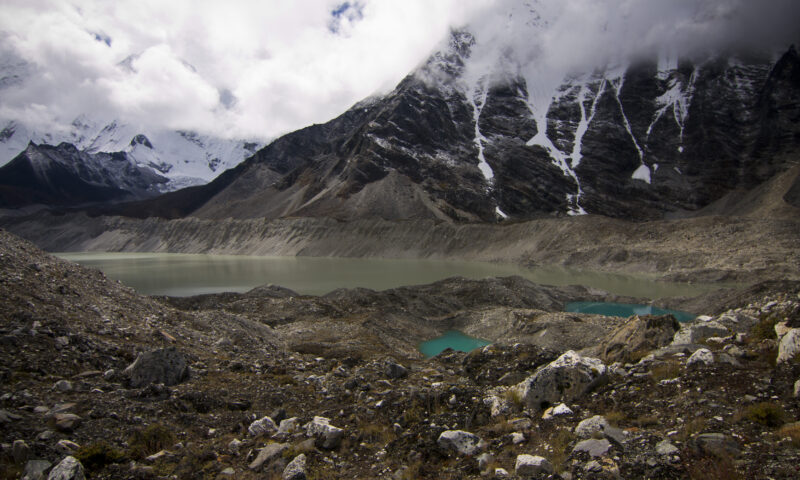Talking about climate change often rhymes with melting ice. Indeed, it is one of the most evocative and well-documented signs linked to the increase in greenhouse gases. The melting of glaciers is now a real risk for mankind, threatening and creating disasters in all corners of the globe.
A societal problem
According to scientists, the thinning and shrinking of glaciers are the most visible and documented signs of climate change. Glacier retreat in the world’s mountains has accelerated over the past four decades, causing major climate disruptions.
In the long term, there is cause for concern about what the loss of glaciers will mean for the billions of people who depend on them for industry and agriculture. However, the greatest fear concerns the safety of people living near them, as they could be directly impacted by floods.
Origin of floods and current impacts
First of all, we can ask ourselves what are the concrete and direct risks of the melting of the ice on mankind.
As the ice melts, it becomes water which, when released, flows down the mountain slopes. Some of this water will then be trapped in the lakes below, which will significantly increase the water level of the lakes. In fact, it can be seen that the water level in these lakes has risen by 50% since 1990.
Lake = Danger?
These lakes in particular are a real danger for the local population living nearby:
The “natural” lakes, which do not have dams, are not able to support such floods. As a result, a radical increase in the water level can potentially lead to strong and sudden floods, fatal to the populations.
Lakes with dams are also not supposed to receive such quantities of water. Thus, under the weight of water, an earthquake or an avalanche over the lake, they can collapse and release an insane torrent carrying everything in its path.
In addition, rising temperatures also affect mountain slopes. The thawing and refreezing of ice trapped in rock fractures can lead to the destabilisation of slopes, and thus a greater tendency to collapse.
Large quantities of falling rocks then favour landslides and thus induce other disasters.
Disasters and prevention
These disasters have already occurred or are likely to occur, as evidenced by the disaster in Uttarakhand, India, in 2013. An explosive flood had caused flooding throughout the region, destroying several villages and killing several thousand people.
In the Andes, Peru, glacier-related floods have killed around 30,000 people since the 1940s.
In order to prevent disasters, some countries with areas at risk of flooding are setting up drainage systems or canals.
The Imja Tsho Lake in Nepal, located near Everest, is a perfect example of the type of means put in place to prevent explosive floods. In 2016, a large-scale operation was set up to drain large quantities of water from the lake. A 45-metre-long tunnel was built to allow the water to be drained, thus preserving the surrounding localities. This operation lasted 6 months and drained more than 5 million cubic metres of water.
In Europe, and more particularly in Switzerland, other preventive measures are also being put in place.
In the Bernese Oberland, following the lowering of the level of the glacial Lake des Faverges, a drainage system was set up to prevent a sudden and critical rise in river levels in the Simmental.
Indeed, in order to control the flow and avoid flooding of the valley’s waterways, a canal had been dug in the ice, allowing the drainage and flow of water to be kept under control.
This summer, a campaign of observations will be launched in Switzerland by MountaiNow, in order to observe and better understand the evolution of the ice melting, as well as its repercussions on the territory. The partners GLAMOS and PERMOS allow us to have a greater visibility on the changes of glaciers and permafrost in Switzerland.
By Baptiste Guillemin

